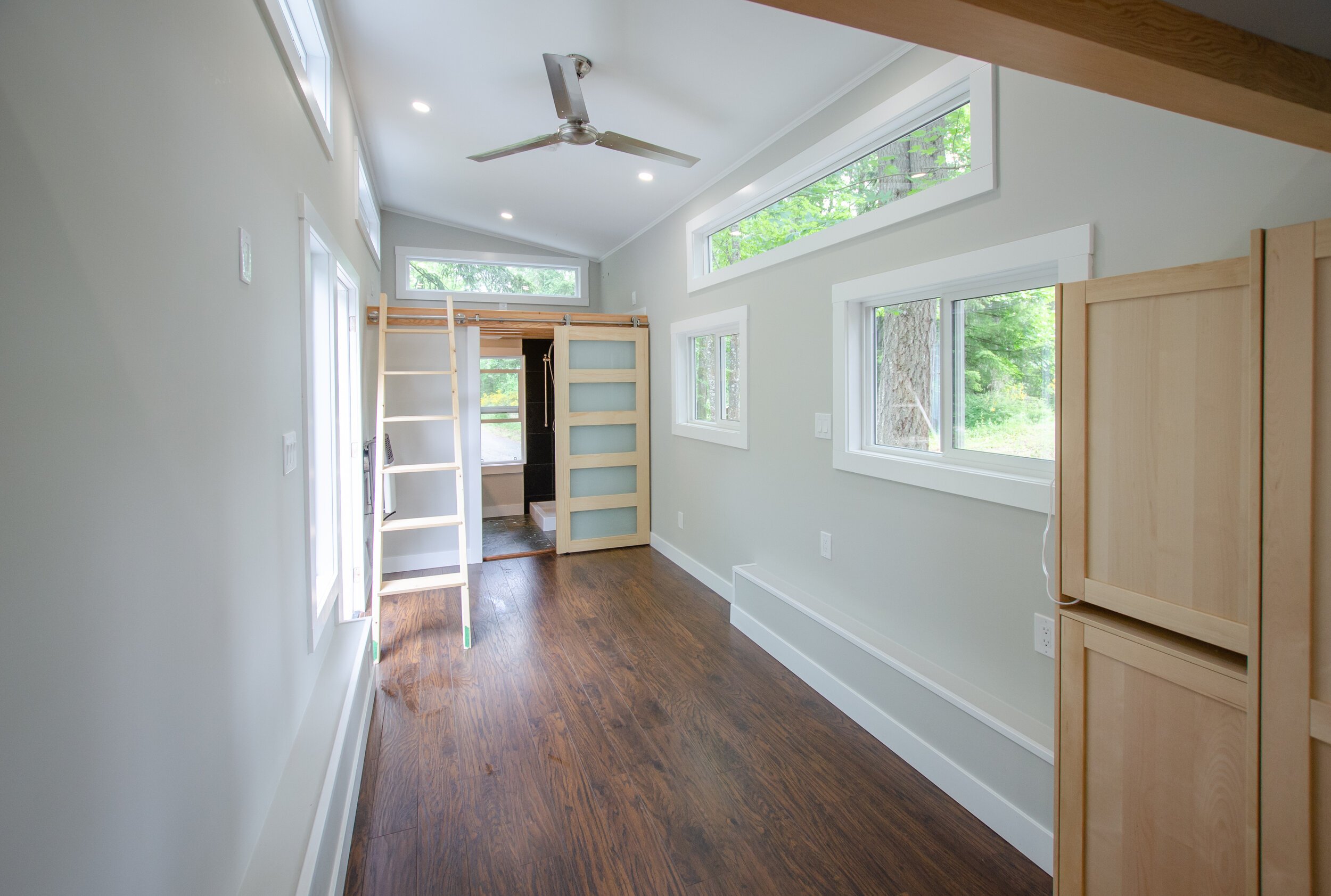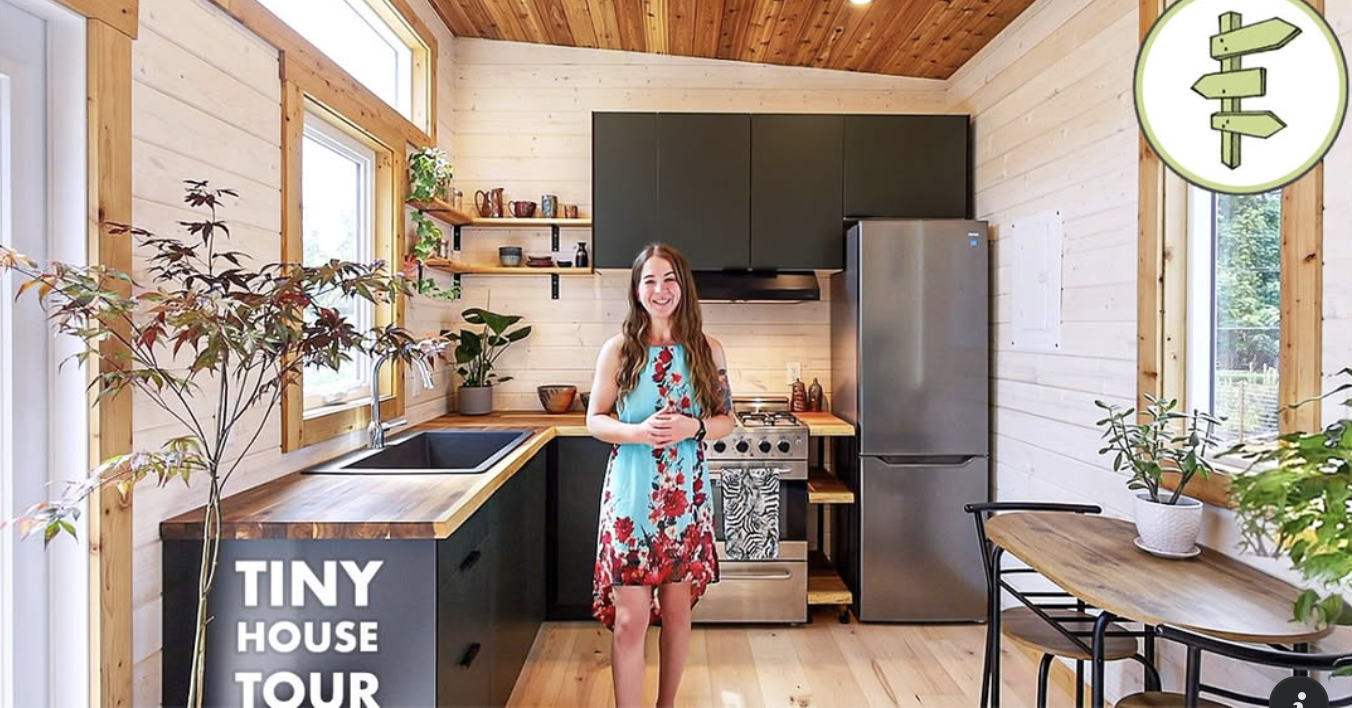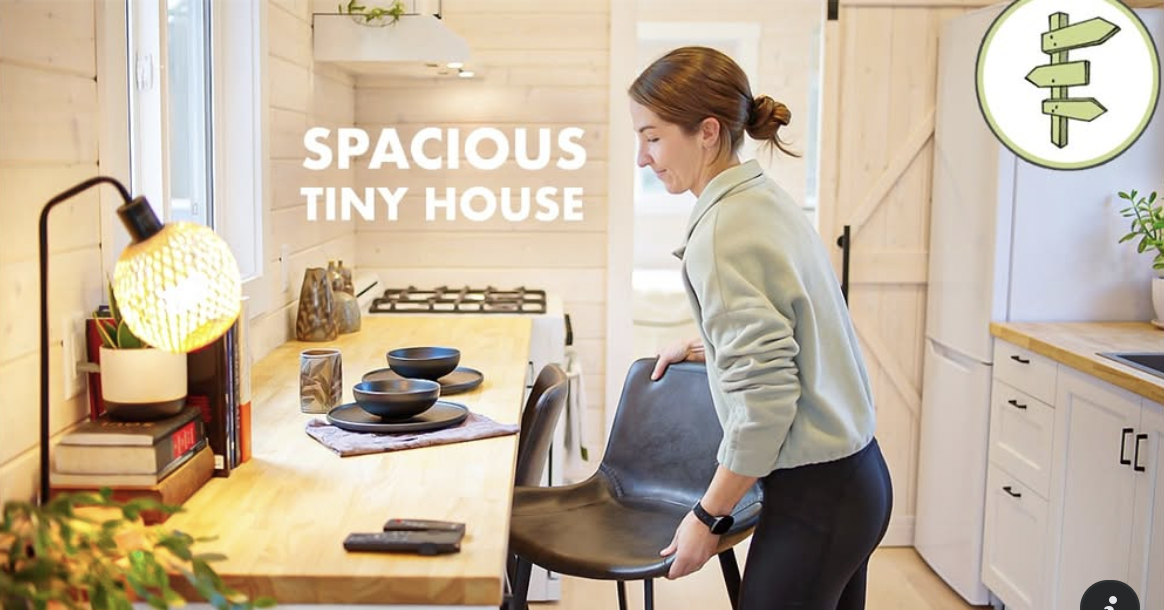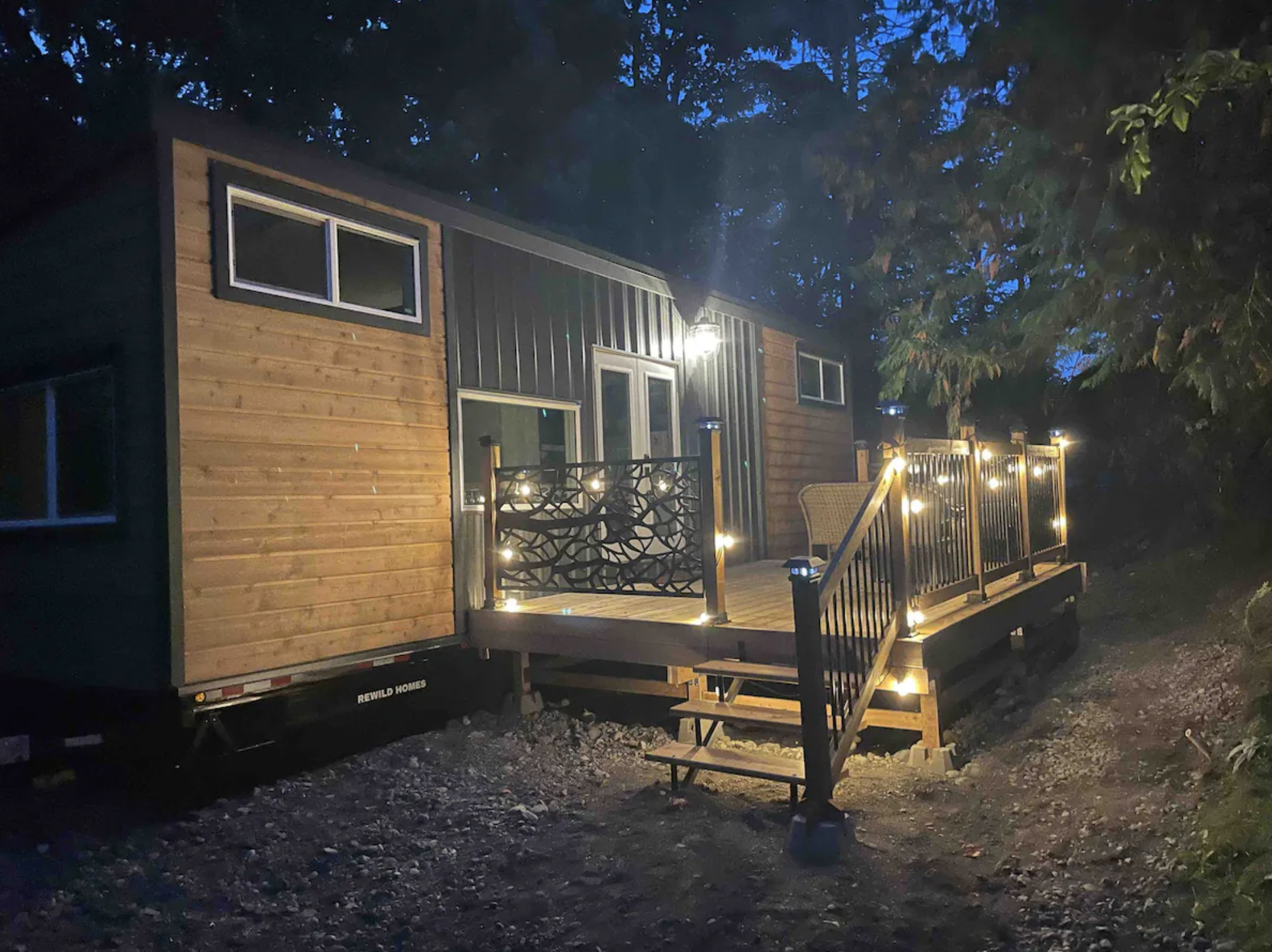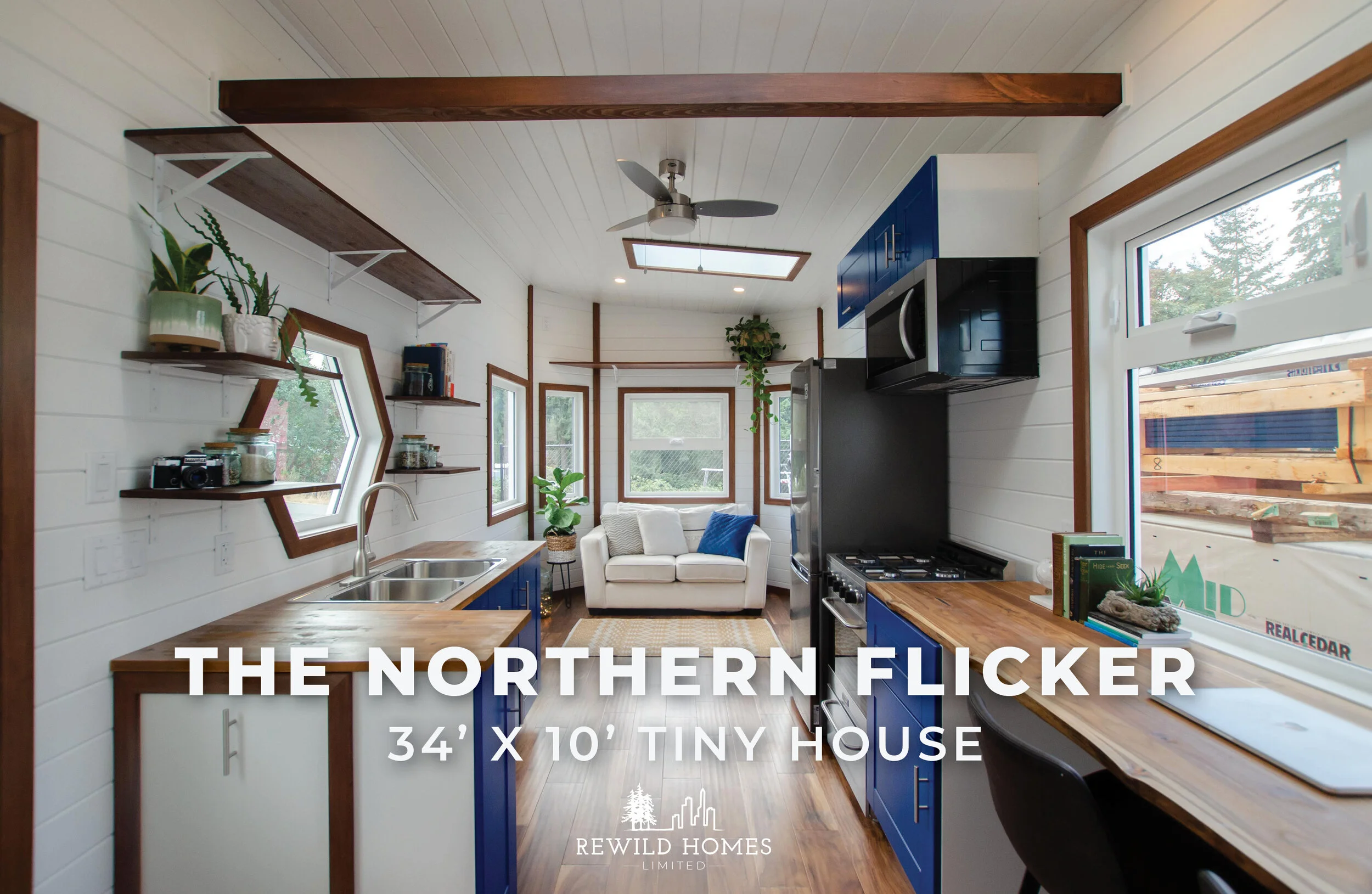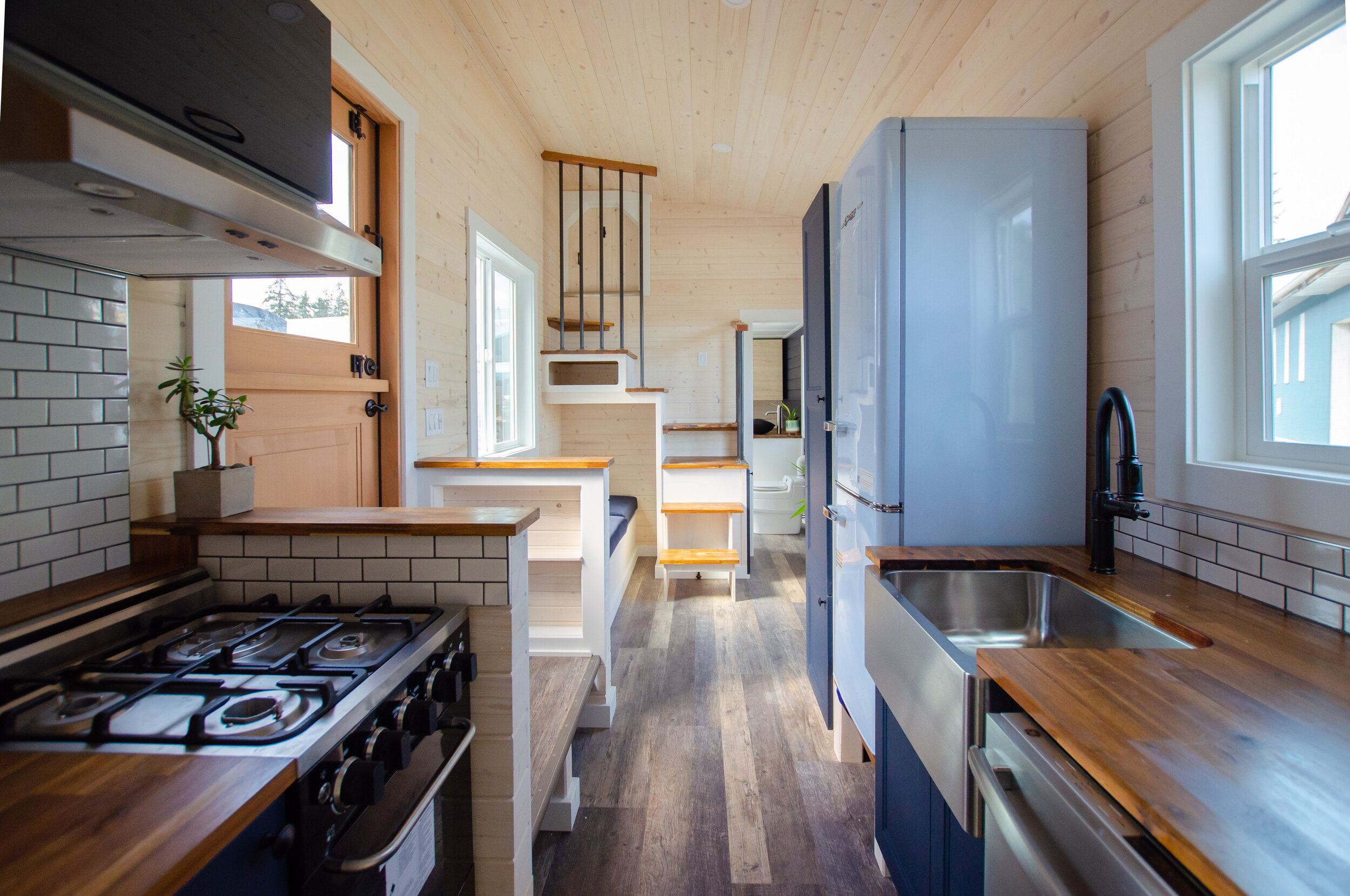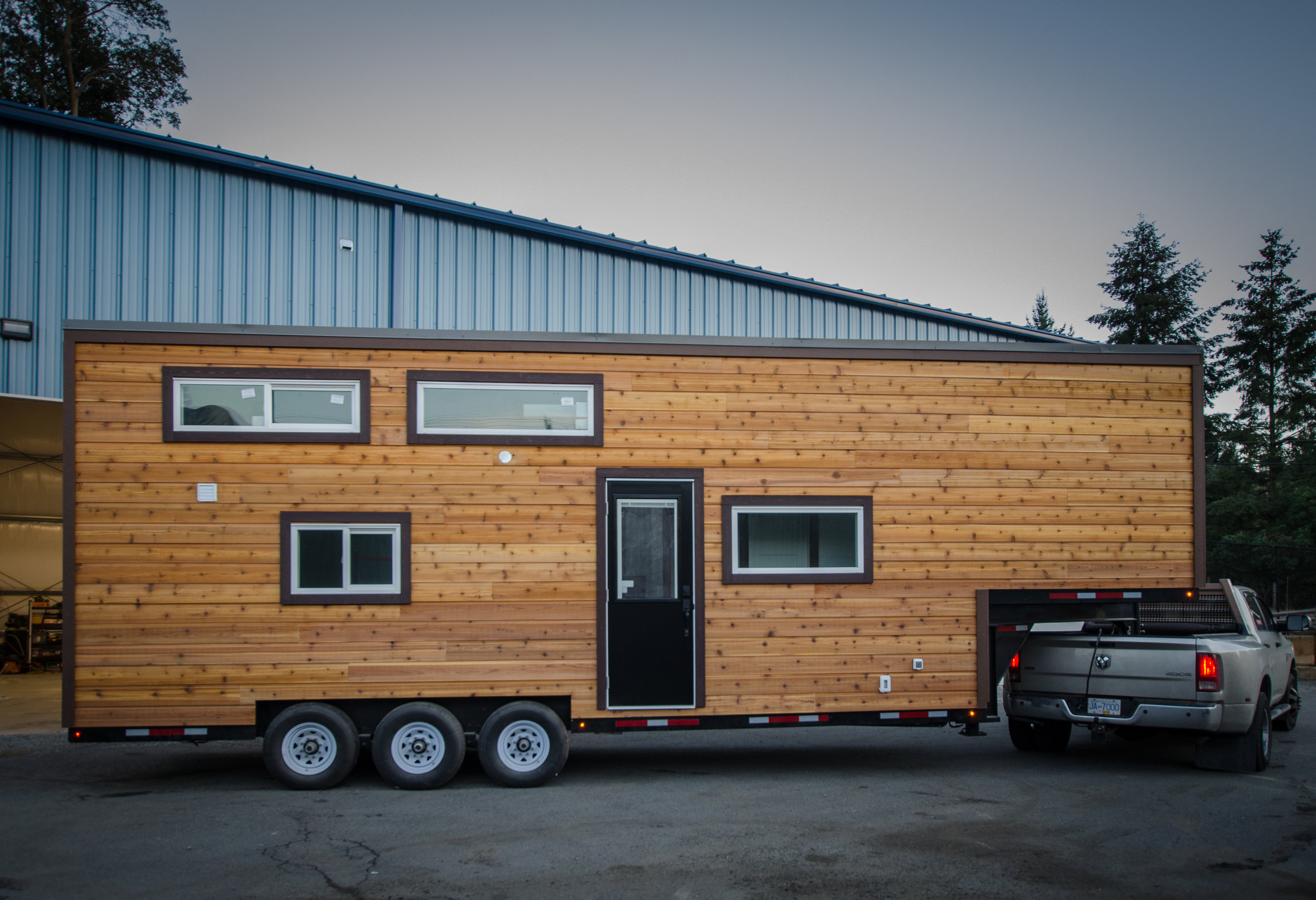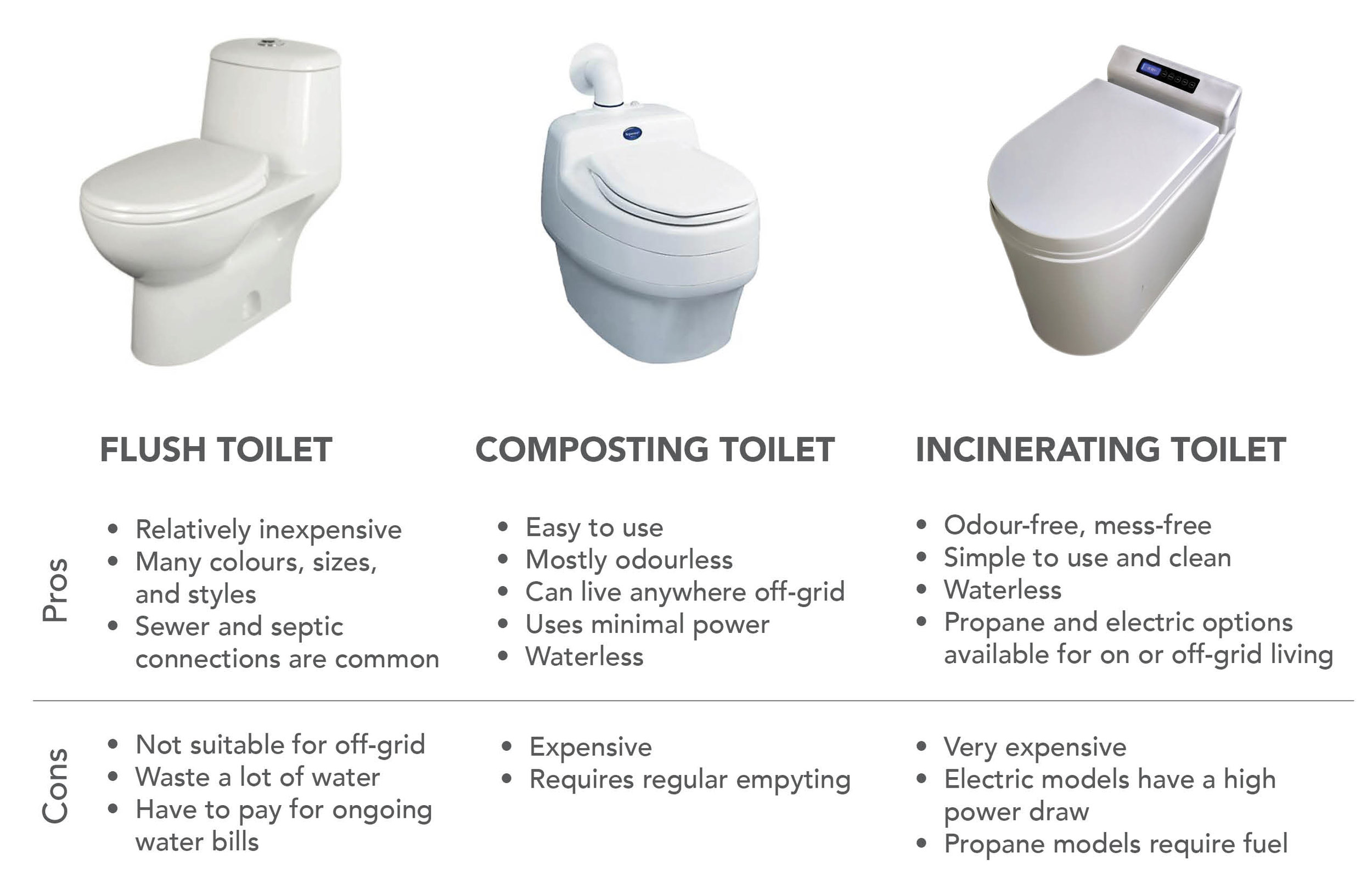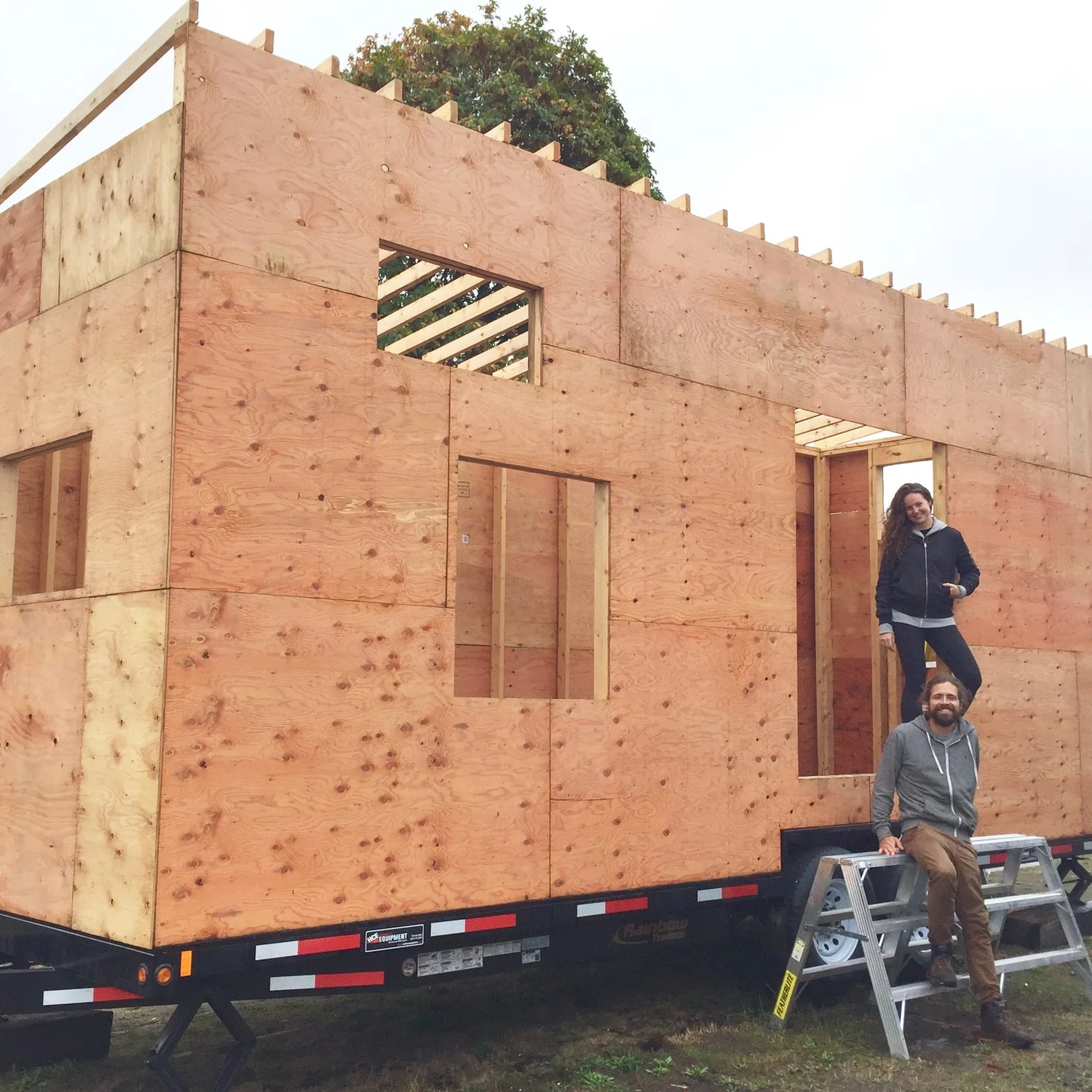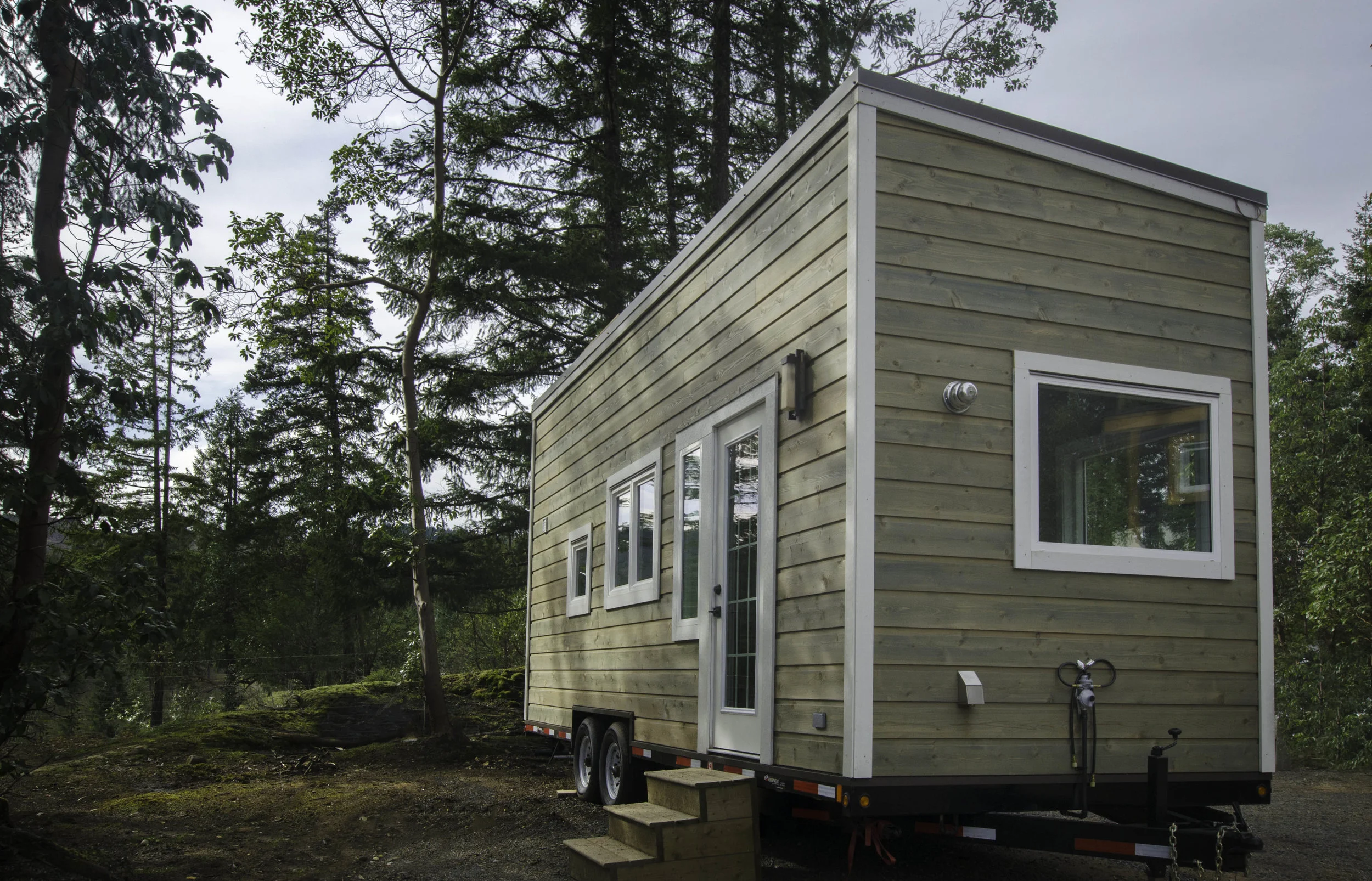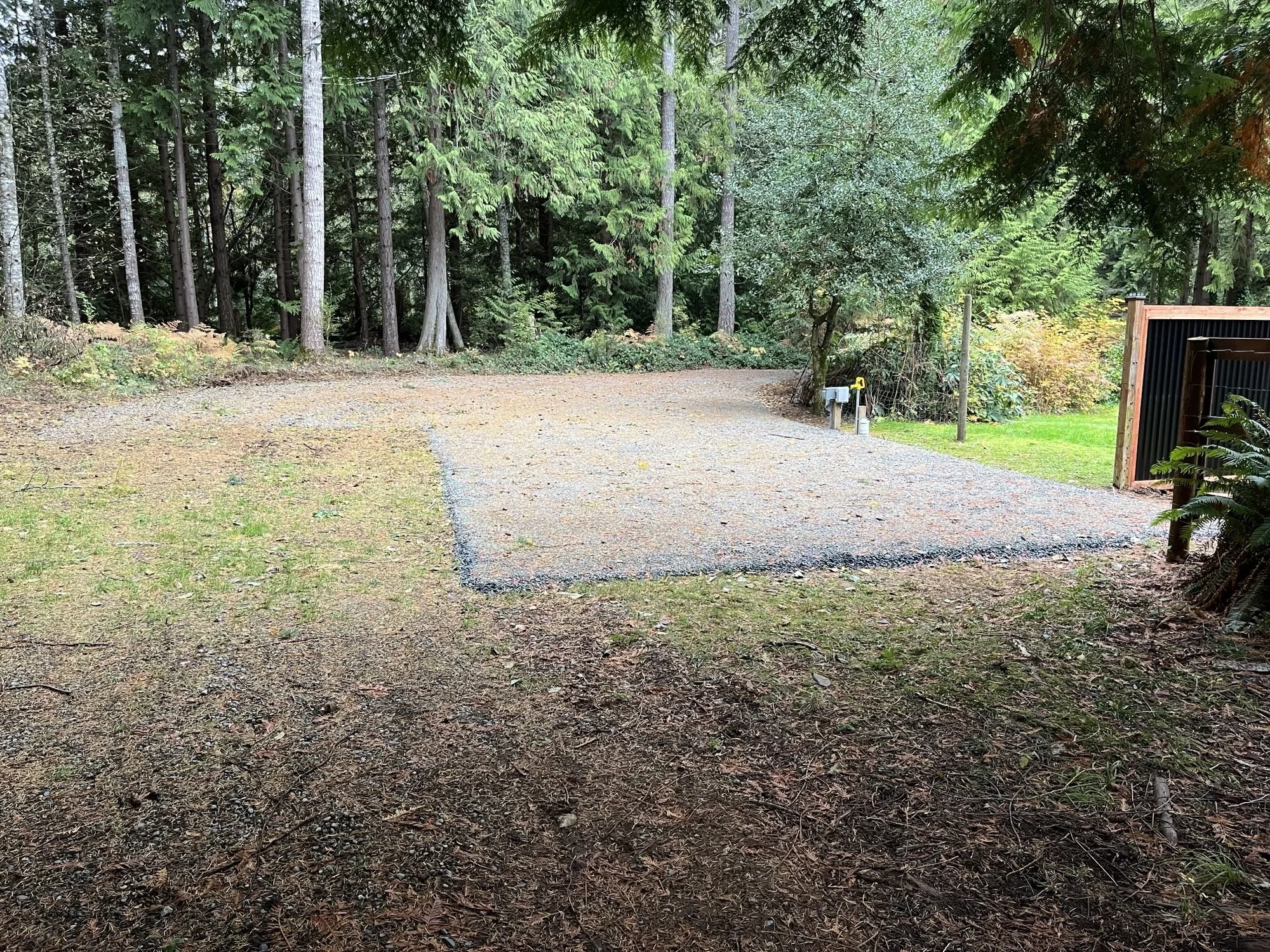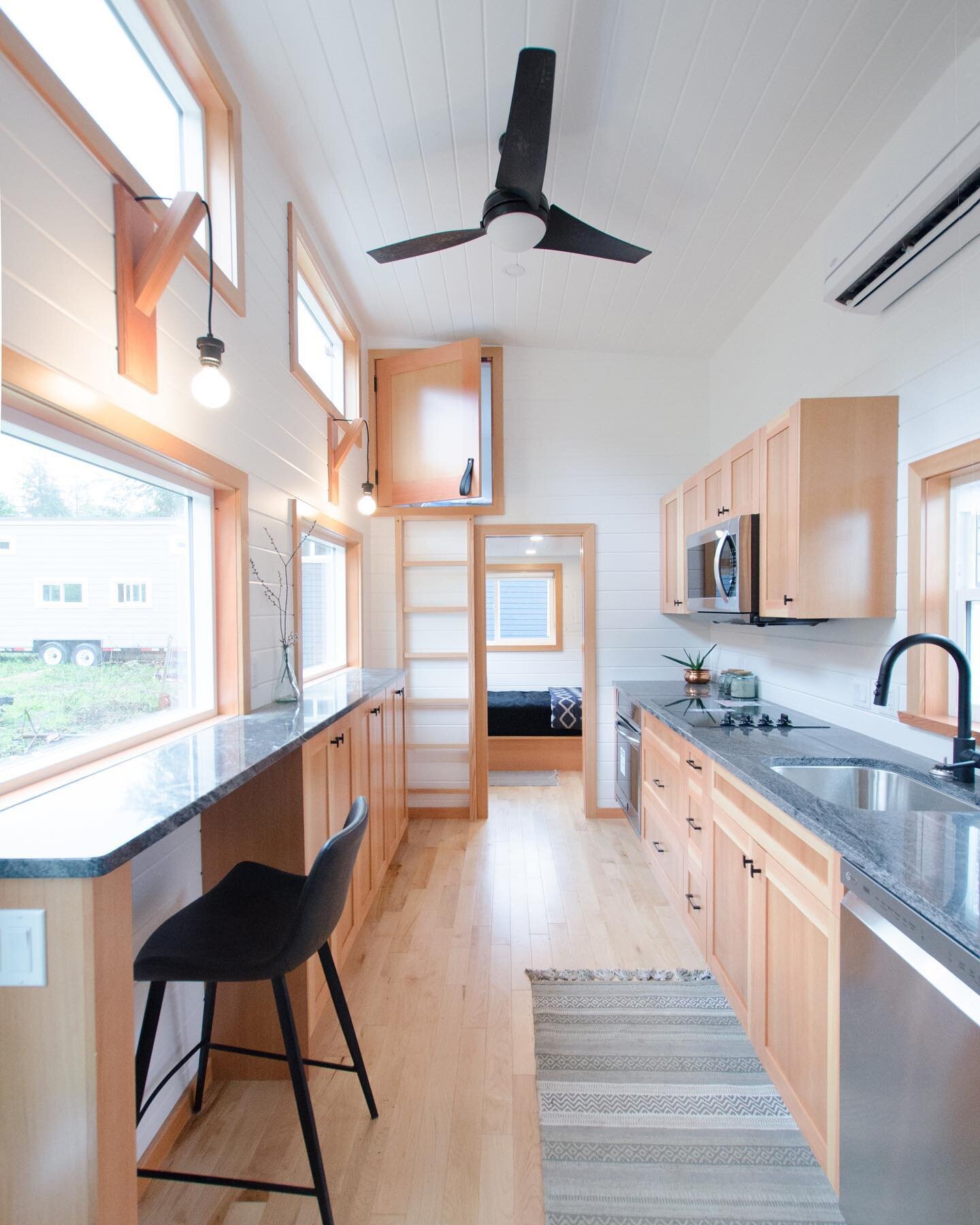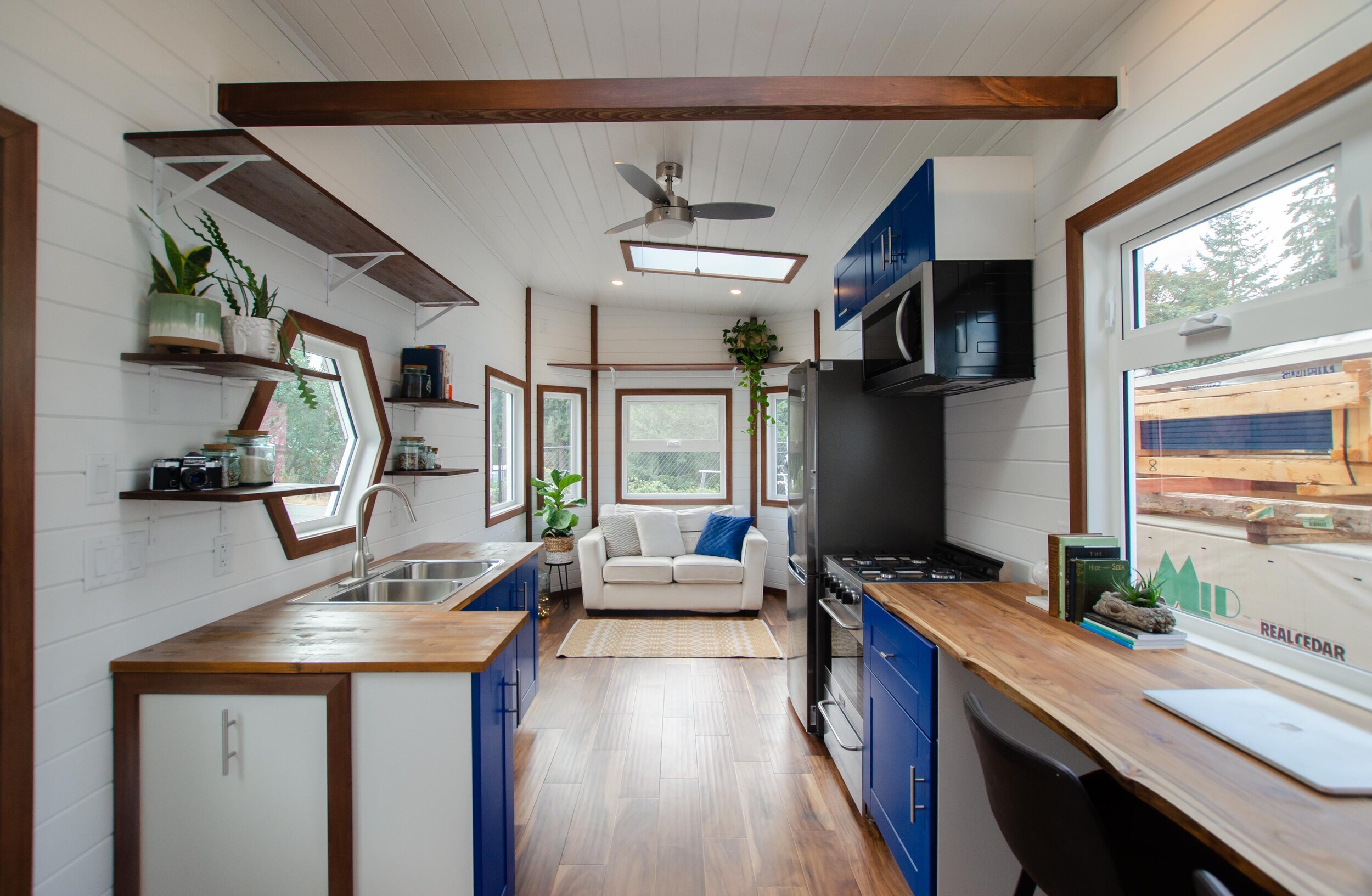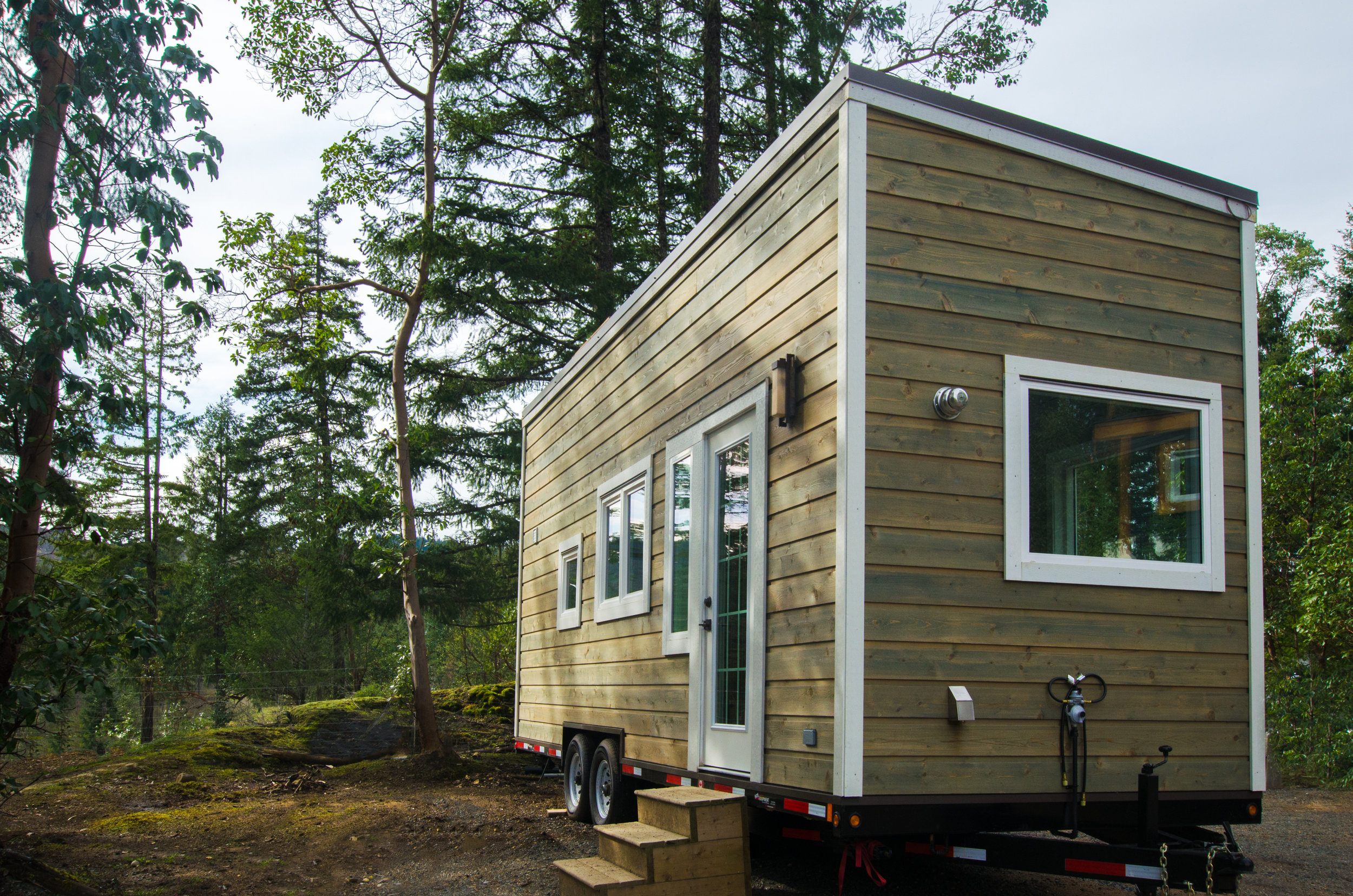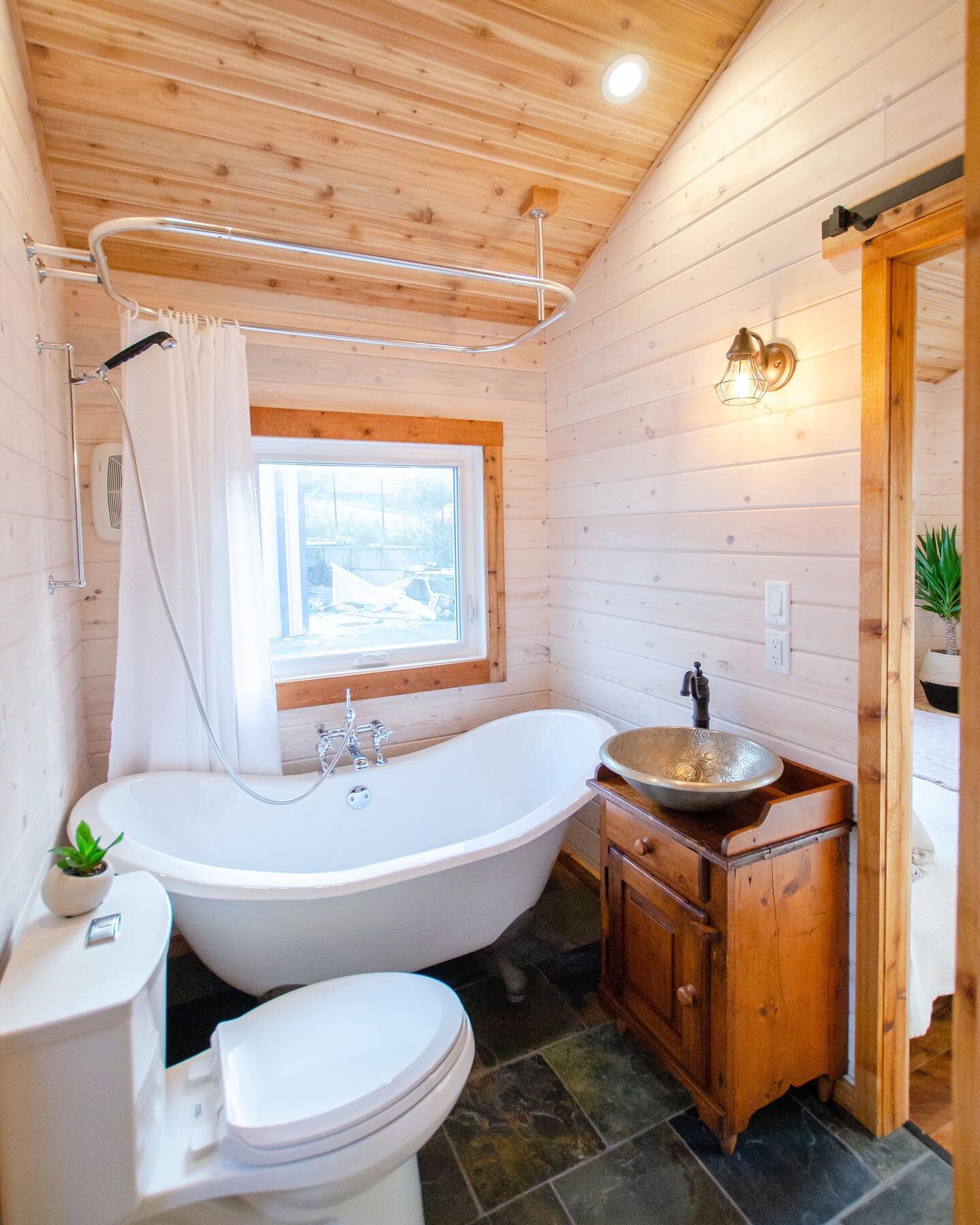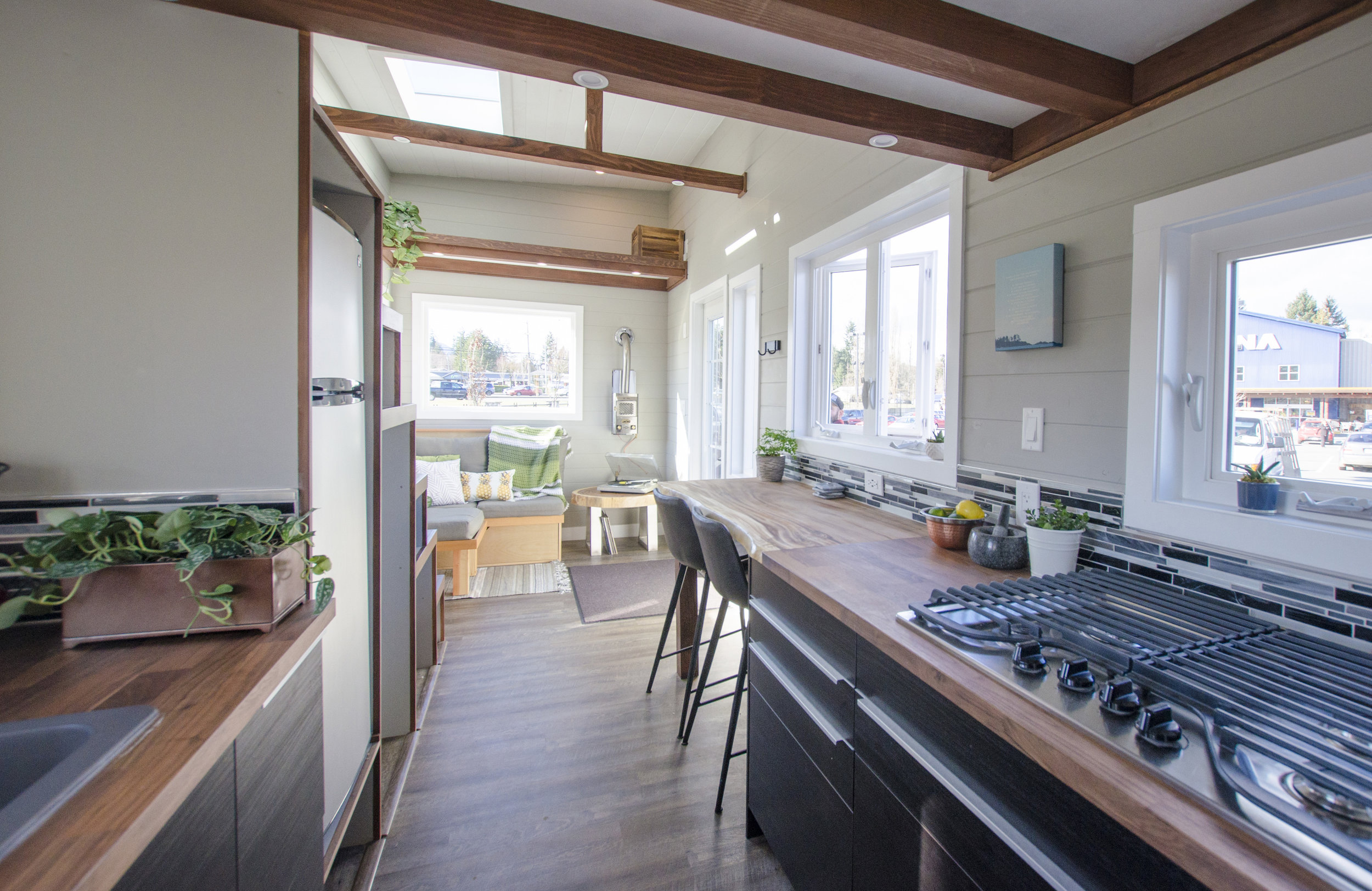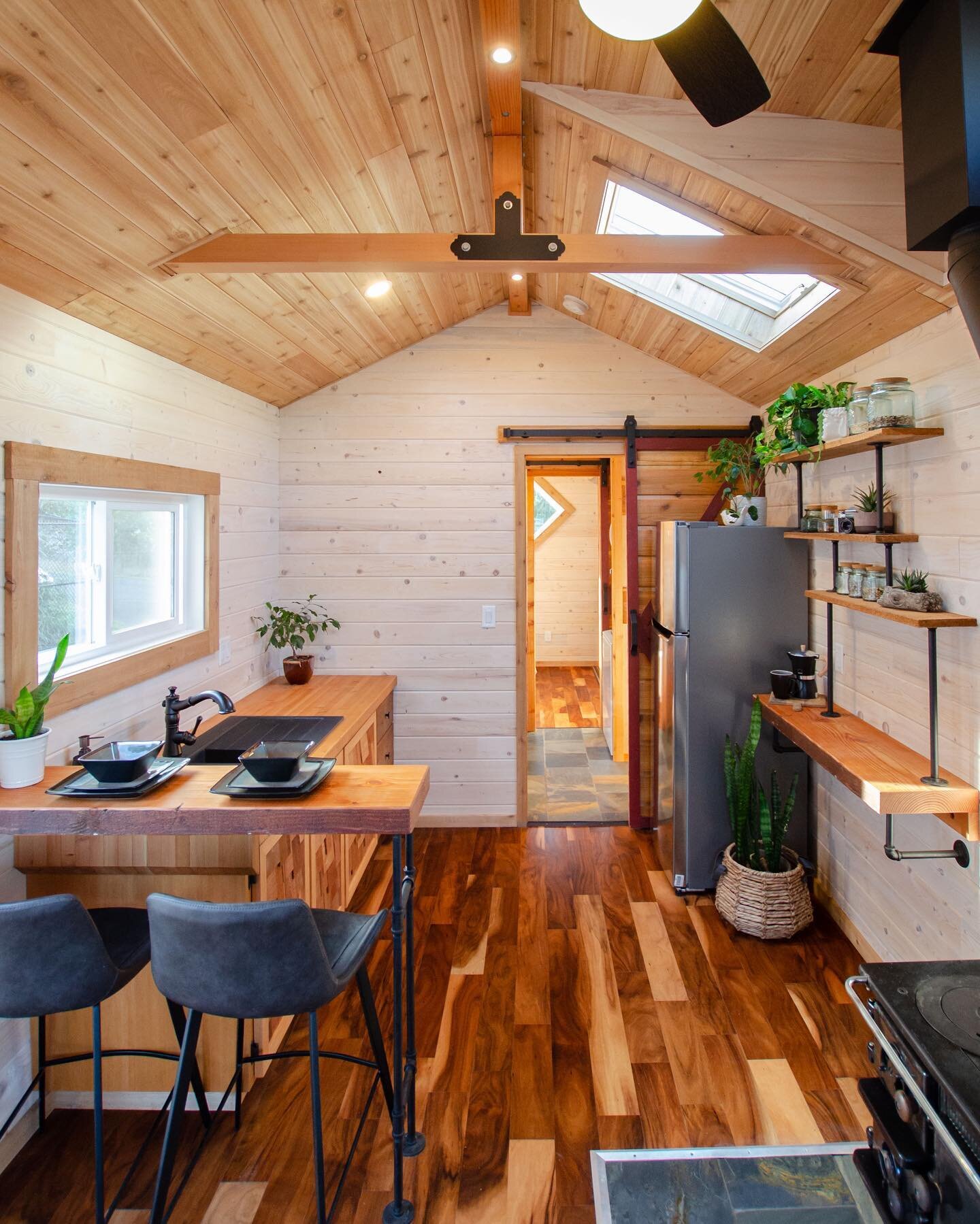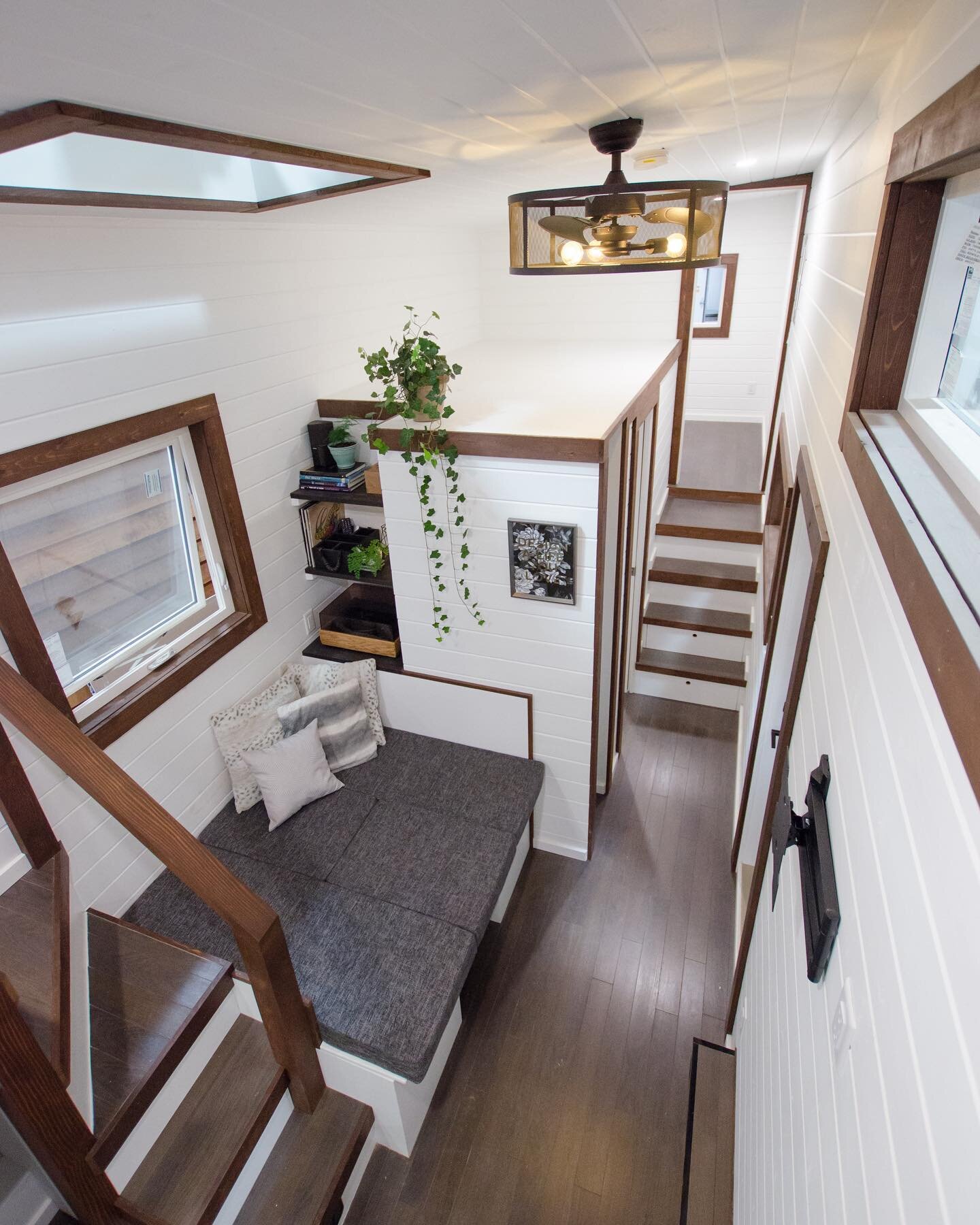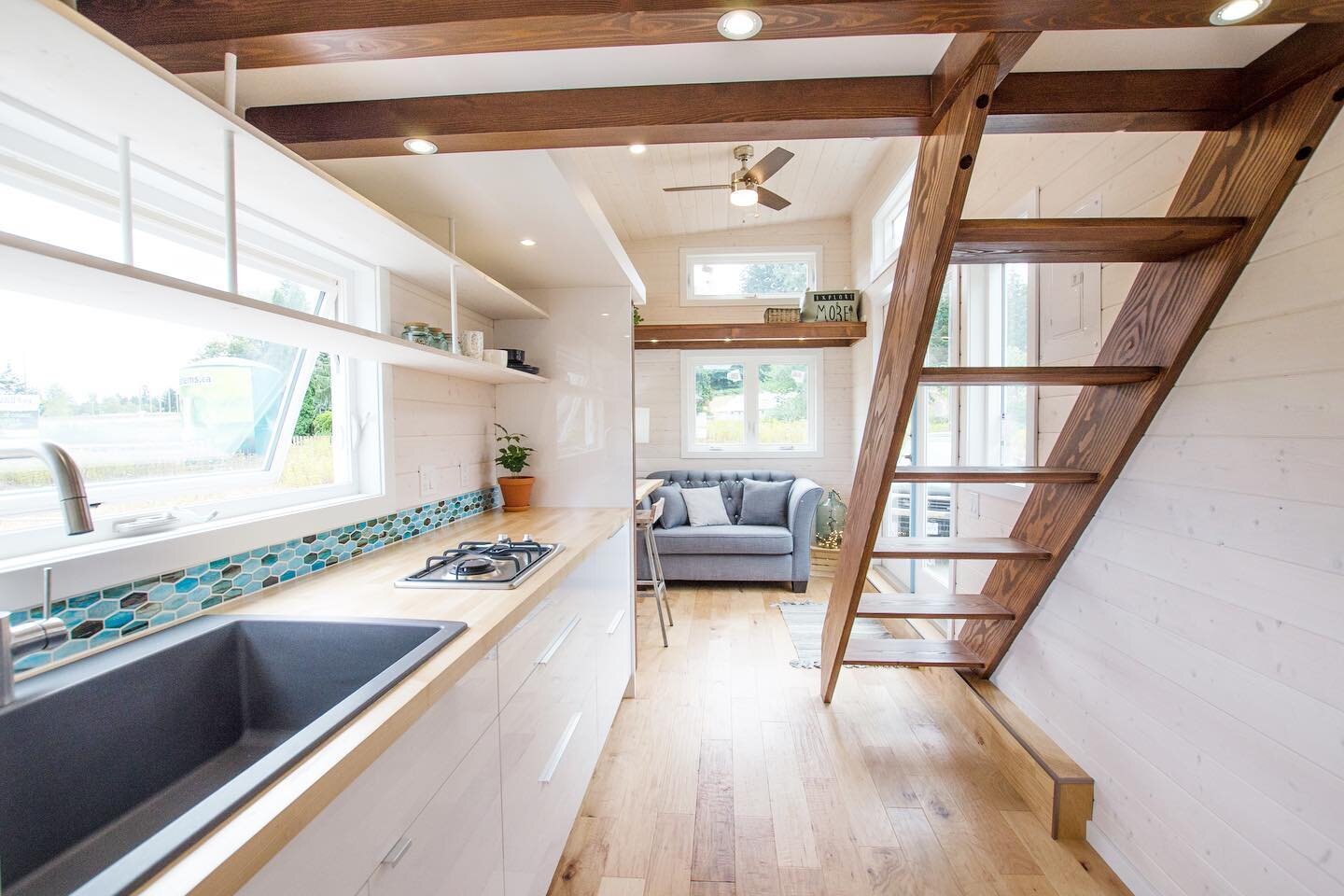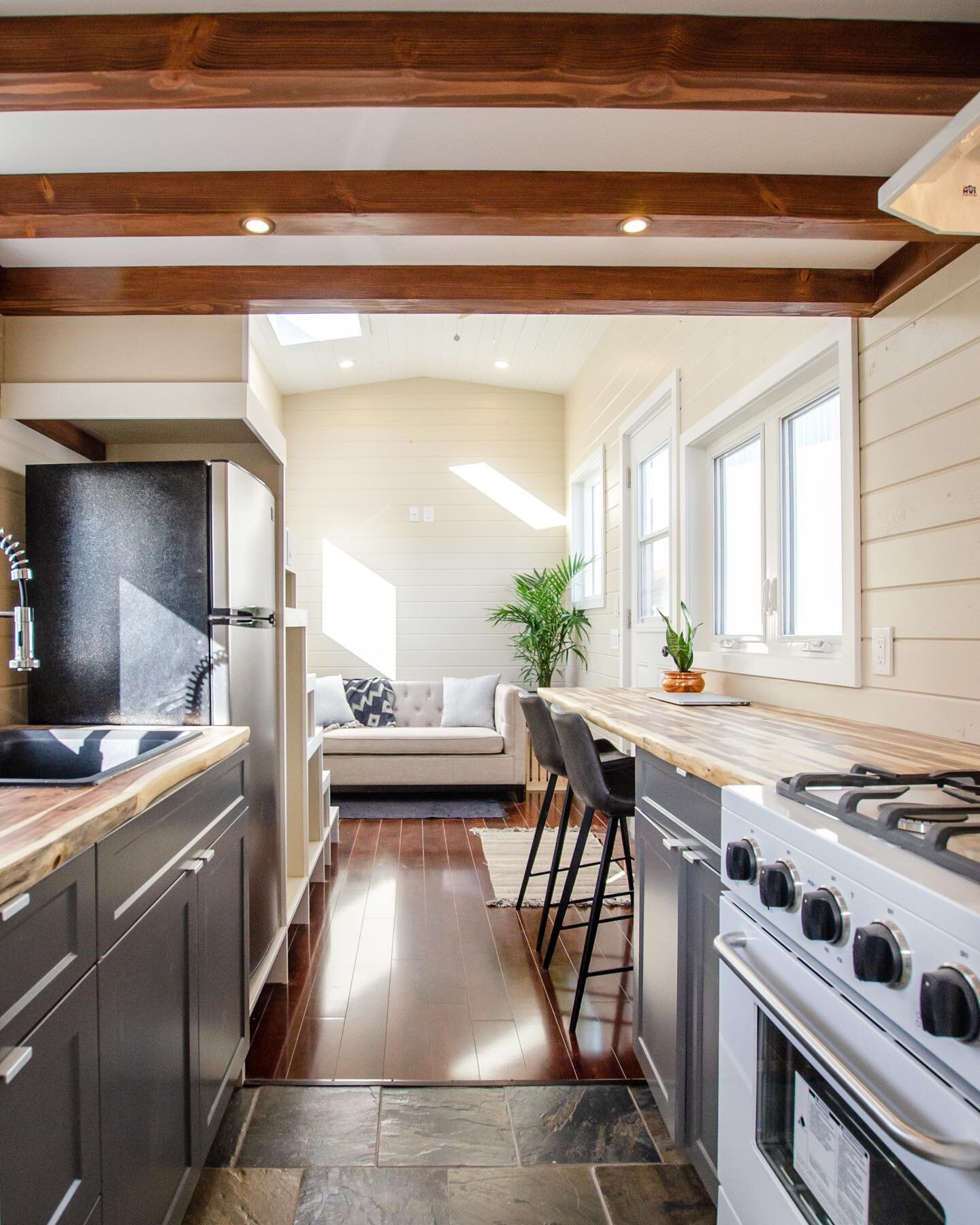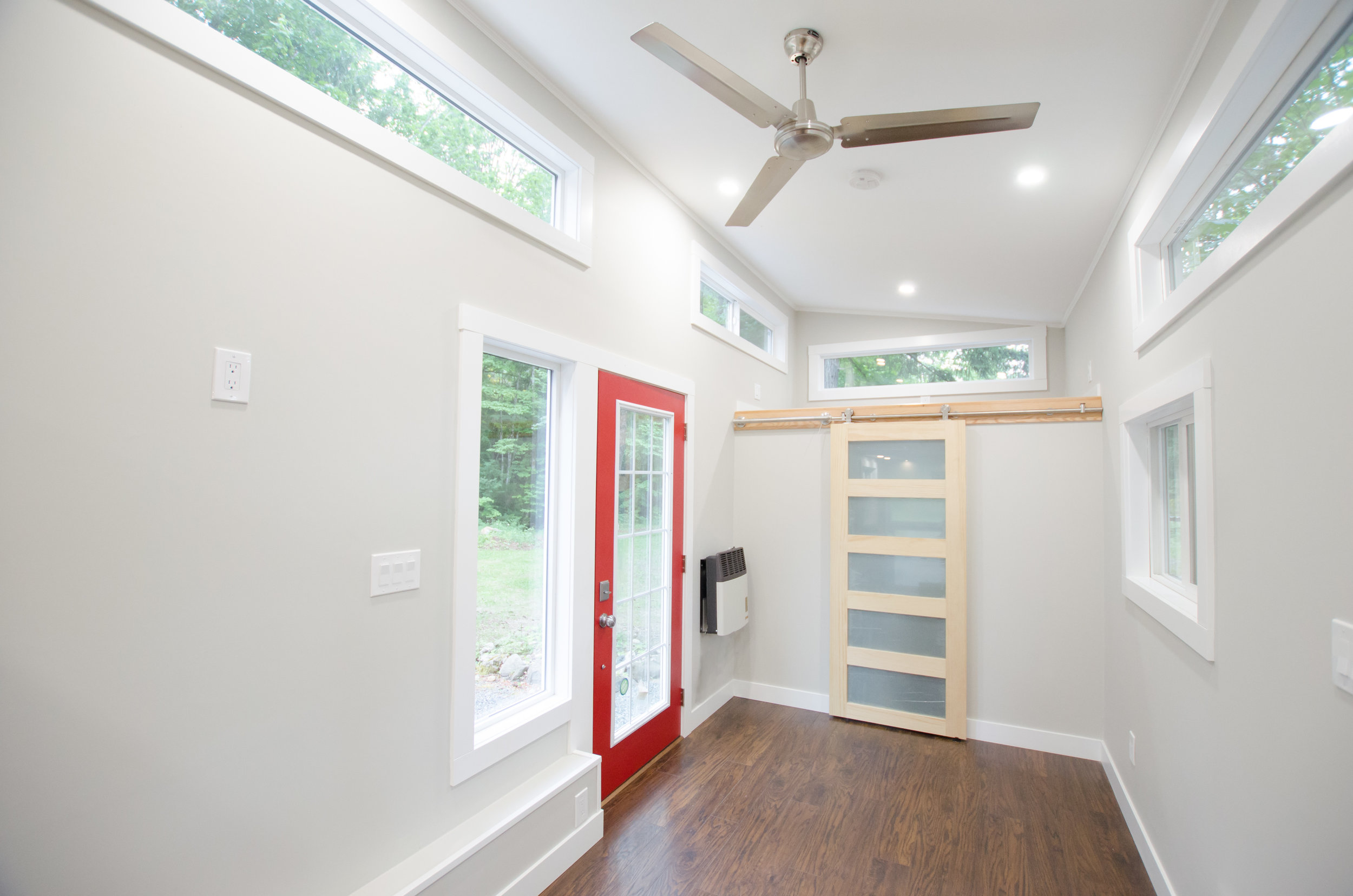The major difference between RVs and tiny homes is that tiny homes are designed to accommodate full-time living, whereas RVs are intended for occasional use. They are built with different materials in order to serve those purposes. RVs are constructed with flexible, lightweight materials like vinyl, fibreglass and laminate that are well suited for the stresses of road transport, as they flex on impact and absorb shock. Conversely, tiny homes are typically built with heavier, more structurally-sound construction materials. Because of these differences, the lifespan of a tiny home is substantially longer than that of an RV.
Unfortunately, vinyls and laminates are not especially durable, nor are they great insulators. It can be difficult to regulate temperature in an RV— particularly in colder climates. Moisture build up and water leakage are also common because the sealants and membranes wear down quickly. This can lead to serious air quality issues, as mould and mildew are more likely to develop. Conversely, tiny homes usually feature timber framing, siding, insulation with a high R-value and double-paned windows, as well as finishings and appliances that one would find in a full-sized home. Although these materials are significantly heavier than plastics, they contribute to an overall quality, longevity and livability that is lacking in RVs.
Furthermore, tiny homes are usually more expensive than RVs. Not only are material costs higher, but the custom nature of tiny homes adds labour costs. RVs are typically very cookie-cutter, whereas if you choose the right tiny home builders, a huge variety of material selections, colours, layouts and styles becomes available to you.
There are also some differences between RVs and tiny homes when it comes to off-grid living. Most RVs are designed to travel between RV campsites. Although they can function ‘off-grid’ for short stretches of time, they are dependent on blackwater disposal sites and recharging stations to prepare for the next ‘off-grid’ segment of a journey.
With correctly sized systems, a tiny home can function off-grid indefinitely. Composting or incinerating toilets, solar power and rainwater collection systems can all be installed in a tiny home so that you can be completely self-sufficient. Because off-grid equipment is especially heavy, fully off-grid tiny homes are not the best suited for mobile living. However, they do provide an excellent alternative if ecological footprint is a concern and you have a set parking location picked out.





